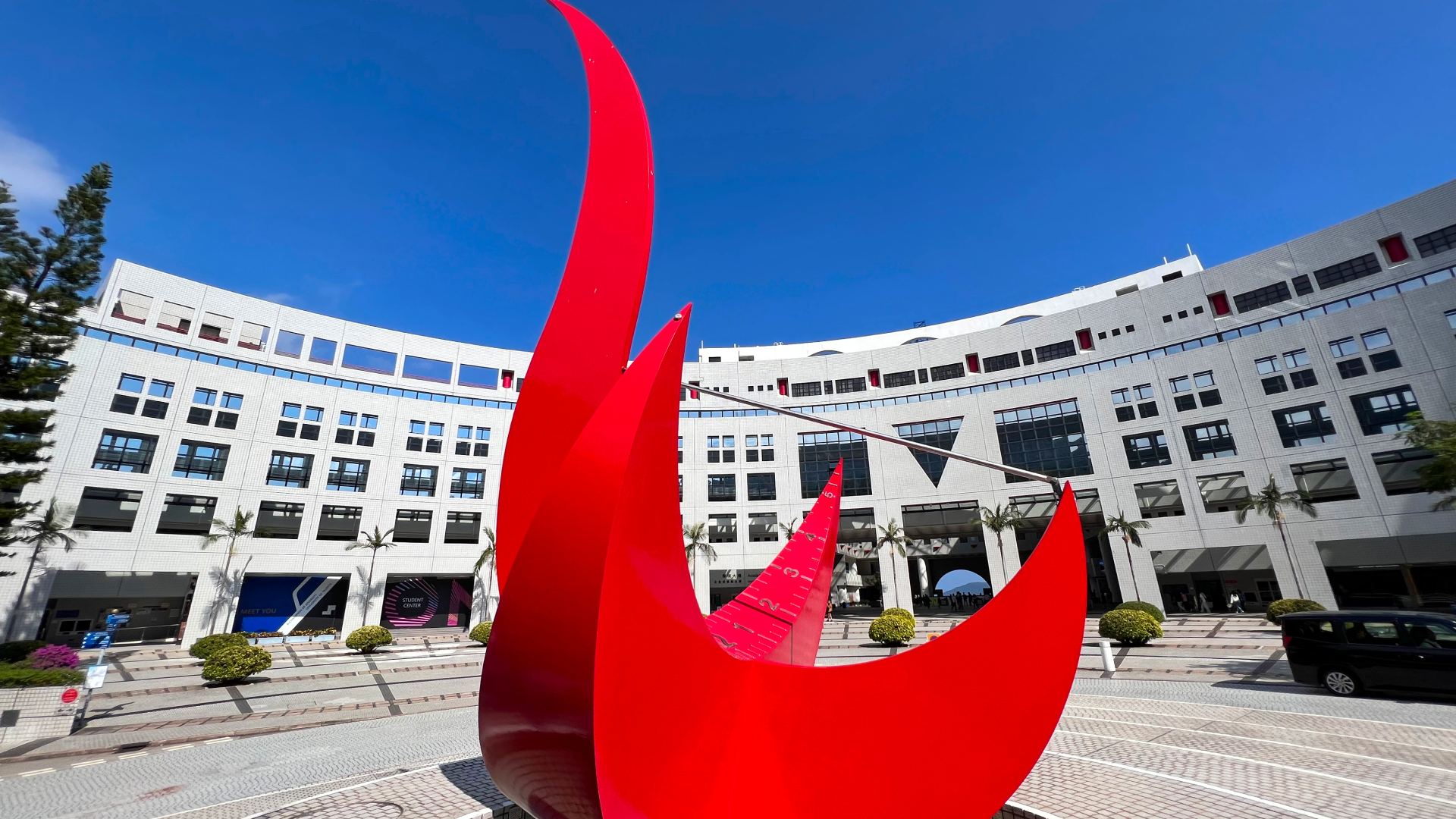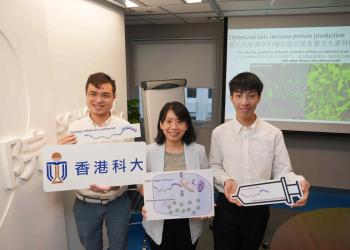News & Stories
2022
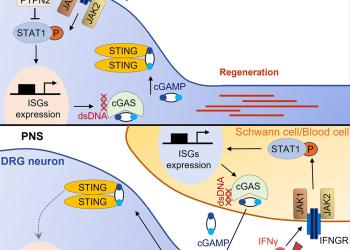
News
Study Reveals the Intrinsic Immune Mechanism that Boosts Axon Regeneration in the Adult Nervous System
Damages to the central nervous system (CNS), for example in the case of spinal cord injury, can result in permanent loss of sensory and motor function. It is because the severed axons are unable to regenerate. As of today, there are very limited options to help these patients regain their motor abilities. Scientists have been exploring ways to enable the regeneration of severed axons, with a view to developing viable treatments in the long term.
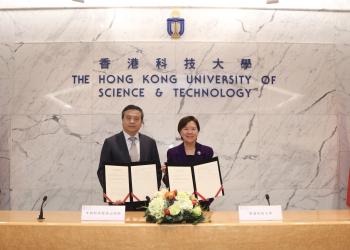
News
HKUST and China Resources Research Institute of Science and Technology Forge Collaboration on Molecular Neuroscience, Sustainable Development and Microelectronics
The collaboration seeks to promote industrial applications by translating research findings into market-oriented products and services.
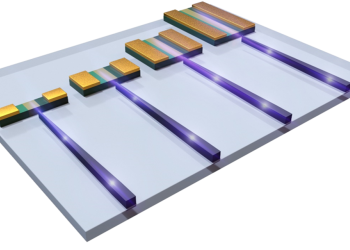
News
HKUST Researchers Develop a Novel Integration Scheme for Efficient Coupling Between III-V and Silicon
Researchers at the Hong Kong University of Science and Technology (HKUST) has recently developed a novel integration scheme for efficient coupling between III-V compound semiconductor devices and silicon components on silicon photonics (Si-photonics) platform by selective direct epitaxy1, unlocking the potential of integrating energy-efficient photonics with cost-effective electronics, as well as enabling the next generation telecommunications with low cost, high speed and large capacity.

News
HKUST Researchers Design Iron-Based Cathode to Achieve Record Performance for Protonic Ceramic Fuel Cells
Researchers at the Hong Kong University of Science and Technology (HKUST) have designed an innovative iron-based cathode material to achieve record performance for protonic ceramic fuel cells, marking a significant step forward in the development and commercialization of this promising renewable energy technology.

News
HKUST Stages Groundbreaking Ceremony for Martin Ka Shing Lee Innovation Building
The Hong Kong University of Science and Technology (HKUST) received a generous donation of HK$150 million from Dr. Martin LEE Ka-shing, Chairman of Henderson Land Group, in support of HKUST’s ongoing efforts in innovation and entrepreneurship. In appreciation of Dr. Lee’s benevolent support, HKUST named the new research building “Martin Ka Shing Lee Innovation Building”. The University celebrated the groundbreaking of its new research building today.
As a new landmark of the University, Martin Ka Shing Lee Innovation Building will provide much-needed additional facilities for multiple disciplines in science and engineering, seeking to bring the University’s research, industrial collaboration and translational activities to the next level.

